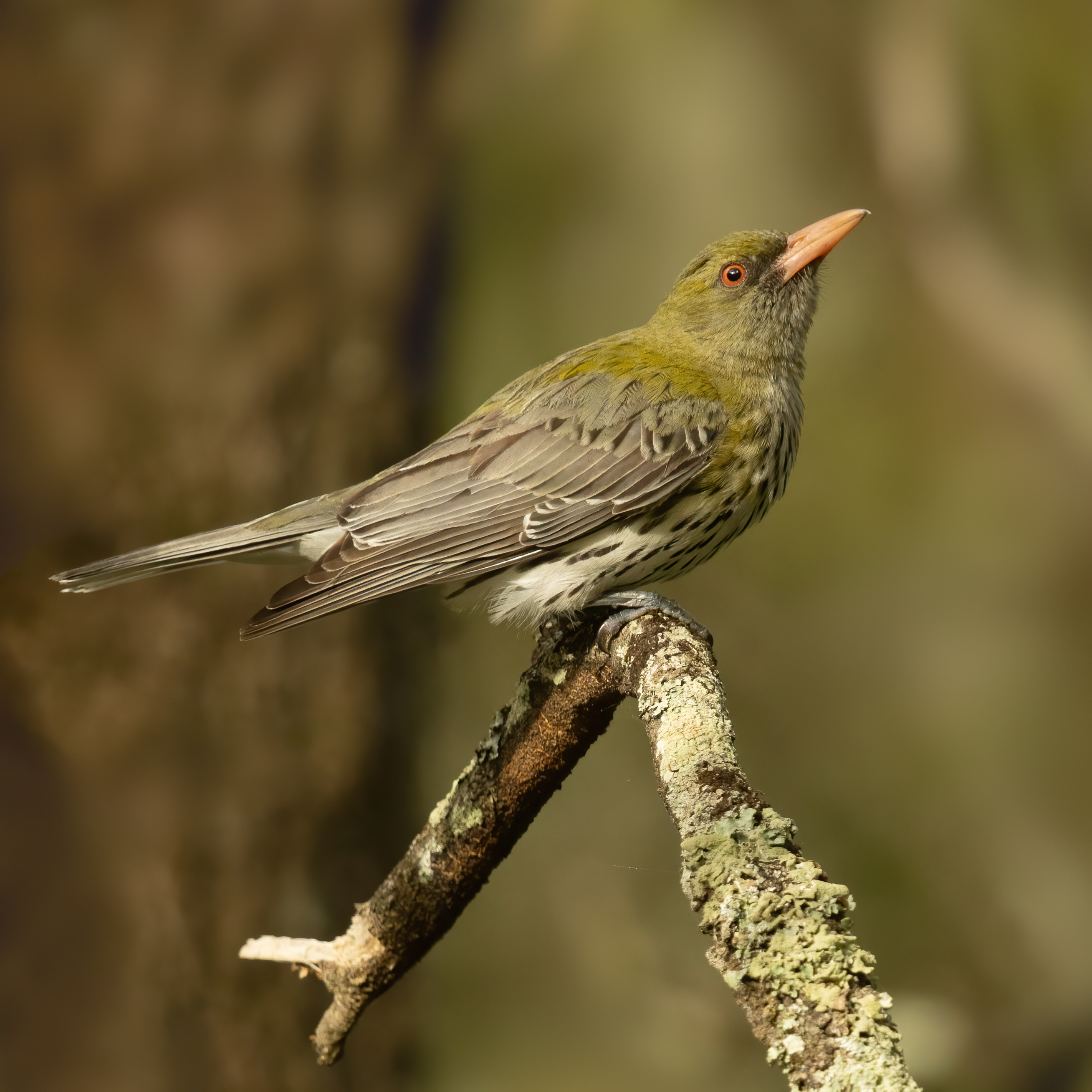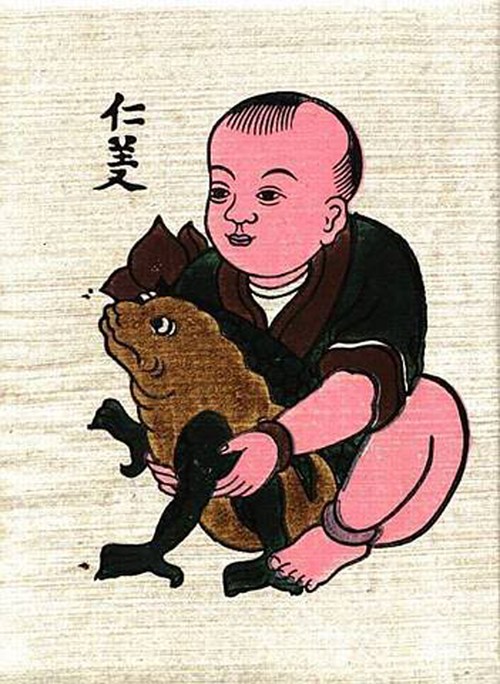|
Charles Hose
Charles Hose FRGS. FLS (12 October 1863 – 14 November 1929) was a British colonial administrator, zoologist and ethnologist. Life and career He was born in Hertfordshire, England, and was educated at Felsted in Essex. Admitted to Clare College, Cambridge in 1882, he almost immediately migrated to Jesus College, and later left Cambridge without taking a degree. He was offered an administrative cadetship in Sarawak by the second Rajah, Sir Charles Brooke, which he took up in 1884. His large collection of ethnographic objects from Borneo was purchased by the British Museum in 1905. Animal species named after Hose Several species named to commemorate his work A Zoological 'Who was Who' by Mike Grayson as |
Odorrana Hosii
''Odorrana'', commonly known as odorous frogs, is a genus of true frogs (Ranidae) from East Asia and surrounding regions. Many of these frogs inhabit fast-flowing mountain streams, and they typically have a remarkably pointed snout, as evidenced by common names like tip-nosed frog and scientific names like ''nasica'' or ''nasutus'' ("with a nose"). Systematics and taxonomy ''Odorrana'' has a confusing taxonomic and systematic history. Most species placed here were initially placed in ''Rana''. Some were considered to belong in '' Amolops'' and '' Huia'' instead, and yet again others were separated as ''Eburana''. The most extreme proposal was to merge ''Odorrana'' into ''Huia''.Cai ''et al.'' (2007), Stuart (2008) In the early 21st century, molecular phylogenetic studies established that the systematic confusion was due to widespread convergent evolution between ''Amolops'', ''Huia'' and ''Odorrana'', which actually represent quite distinct lineages of Raninae. This necessitated ... [...More Info...] [...Related Items...] OR: [Wikipedia] [Google] [Baidu] |
Leptobarbus Hosii
''Leptobarbus hosii'', the Sayan Barb, also locally called as Piam and Temopong, is a species of ray-finned fish in the genus ''Leptobarbus'' from freshwater habitats in northern Borneo in southeast Asia. However, a previously unknown population has been recorded in West Kalimantan. Named in honor of Charles Hose (1863–1929), British colonial administrator in Borneo Borneo () is the List of islands by area, third-largest island in the world, with an area of , and population of 23,053,723 (2020 national censuses). Situated at the geographic centre of Maritime Southeast Asia, it is one of the Greater Sunda ..., zoologist and ethnologist, who collected the type specimen. Description Little is known of the species except for its appearance. The fins are red to maroon, while near the gill plate and above the pelvic fin there is a black vertical spot. It does not have a black lateral line running along its body, unlike '' L. melanotaenia'' and '' L. rubripinna.'' Maxing out ... [...More Info...] [...Related Items...] OR: [Wikipedia] [Google] [Baidu] |
Oriolus Hosii
Orioles are colourful Old World passerine birds in the genus ''Oriolus'', the type genus of the corvoidean family Oriolidae. They are not closely related to the New World orioles, which are icterids (family Icteridae) that belong to the superfamily Passeroidea. Taxonomy and systematics The genus ''Oriolus'' was erected in 1766 by the Swedish naturalist Carl Linnaeus in the 12th edition of his ''Systema Naturae''. The type species is, by tautonomy, ''Oriolus galbula'' Linnaeus, 1766. This is a junior synonym of ''Coracias oriolus'' Linnaeus, 1758, the Eurasian golden oriole. In 1760, French ornithologist Mathurin Jacques Brisson in his ''Ornithologie'' used ''Oriolus'' as a subdivision of the genus ''Turdus'', but the International Commission on Zoological Nomenclature ruled in 1955 that "''Oriolus'' Brisson, 1760" should be suppressed. Linnaeus added more than a dozen additional genera when he updated his 10th edition, but he generally based new genera on those that had be ... [...More Info...] [...Related Items...] OR: [Wikipedia] [Google] [Baidu] |
Calyptomena Hosii
Hose's broadbill (''Calyptomena hosii'') is a species of bird in the family Calyptomenidae. It was described by the British naturalist Richard Bowdler Sharpe in 1892 and is named after the British zoologist Charles Hose, who collected the holotype of the species. It is long, with females weighing on average and males weighing . Males are bright green and have conspicuous black spots on the wings, black markings on the head, blue , black flight feathers, and a large green tuft covering most of the bill. Females have smaller forehead tufts, lime-green underparts with sky blue instead of azure blue on the , and lack black markings on the head, except for a black spot in front of the eye. The species is endemic to montane regions in north, central, and southeastern Borneo, where it mostly occurs in forests at elevations of . Omnivorous, it mainly feeds on fruit like figs and berries, supplementing its diet with insects and leaf buds. It is mainly seen alone or in pairs but can form ... [...More Info...] [...Related Items...] OR: [Wikipedia] [Google] [Baidu] |
Southeast Asia
Southeast Asia is the geographical United Nations geoscheme for Asia#South-eastern Asia, southeastern region of Asia, consisting of the regions that are situated south of China, east of the Indian subcontinent, and northwest of the Mainland Australia, Australian mainland, which is part of Oceania. Southeast Asia is bordered to the north by East Asia, to the west by South Asia and the Bay of Bengal, to the east by Oceania and the Pacific Ocean, and to the south by Australia (continent), Australia and the Indian Ocean. Apart from the British Indian Ocean Territory and two out of Atolls of the Maldives, 26 atolls of the Maldives in South Asia, Maritime Southeast Asia is the only other subregion of Asia that lies partly within the Southern Hemisphere. Mainland Southeast Asia is entirely in the Northern Hemisphere. Timor-Leste and the southern portion of Indonesia are the parts of Southeast Asia that lie south of the equator. The region lies near the intersection of Plate tectonics, ... [...More Info...] [...Related Items...] OR: [Wikipedia] [Google] [Baidu] |
Toad
Toad (also known as a hoptoad) is a common name for certain frogs, especially of the family Bufonidae, that are characterized by dry, leathery skin, short legs, and large bumps covering the parotoid glands. In popular culture (folk taxonomy), toads are distinguished from frogs by their drier, rougher skin and association with more terrestrial habitats. However, this distinction does not align precisely with scientific taxonomy. List of toad families In scientific taxonomy, toads include the true toads (Bufonidae) and various other terrestrial or warty-skinned frogs. Non-bufonid "toads" can be found in the families: * Bombinatoridae ( fire-bellied toads and jungle toads) * Calyptocephalellidae ( helmeted water toad and false toads) * Discoglossidae ( midwife toads) * Myobatrachidae (Australian toadlets) * Pelobatidae ( European spadefoot toad) * Rhinophrynidae ( burrowing toads) * Scaphiopodidae ( American spadefoot toads) * Microhylidae ( narrowmouth toads) ... [...More Info...] [...Related Items...] OR: [Wikipedia] [Google] [Baidu] |
Pedostibes Hosii
''Rentapia hosii'', also known as the Boulenger's Asian tree toad, common tree toad, tree toad, House's tree toad (sic), Malayan brown toad, brown tree toad, or Asian yellow-spotted climbing toad, is a species of toad in the family Bufonidae. It is found in the Malay Peninsula (including extreme southern peninsular Thailand), Borneo (Indonesia, Brunei, and Malaysia), and Sumatra (Indonesia). ''Rentapia hosii'' is an arboreal toad found in forest and other dense vegetation along large lowland rivers, at elevations below . It breeds in clear forest streams. After metamorphosis Metamorphosis is a biological process by which an animal physically develops including birth transformation or hatching, involving a conspicuous and relatively abrupt change in the animal's body structure through cell growth and different ..., juveniles disperse through the surrounding forest, gradually becoming arboreal. References External links * Amphibian and Reptiles of Peninsular MalaysiS ... [...More Info...] [...Related Items...] OR: [Wikipedia] [Google] [Baidu] |
Brunei
Brunei, officially Brunei Darussalam, is a country in Southeast Asia, situated on the northern coast of the island of Borneo. Apart from its coastline on the South China Sea, it is completely surrounded by the Malaysian state of Sarawak, with its territory bifurcated by the Sarawak district of Limbang District, Limbang. Brunei is the only sovereign state entirely on Borneo; the remainder of the island is divided between its multi-landmass neighbours of Malaysia and Indonesia. , the country had a population of 455,858, of whom approximately 180,000 resided in the Capital city, capital and largest city of Bandar Seri Begawan. Its official language is Malay language, Malay, and Islam is the state religion of the country, although Religion in Brunei, other religions are nominally tolerated. The government of Brunei is an absolute monarchy ruled by the Sultan, and it implements a fusion of English common law and jurisprudence inspired by Islam, including sharia. At the Bruneian Emp ... [...More Info...] [...Related Items...] OR: [Wikipedia] [Google] [Baidu] |
Borneo
Borneo () is the List of islands by area, third-largest island in the world, with an area of , and population of 23,053,723 (2020 national censuses). Situated at the geographic centre of Maritime Southeast Asia, it is one of the Greater Sunda Islands, located north of Java Island, Java, west of Sulawesi, and east of Sumatra. The island is crossed by the equator, which divides it roughly in half. The list of divided islands, island is politically divided among three states. The sovereign state of Brunei in the north makes up 1% of the territory. Approximately 73% of Borneo is Indonesian territory, and in the north, the East Malaysian states of Sabah and Sarawak make up about 26% of the island. The Malaysian federal territory of Labuan is situated on a small island just off the coast of Borneo. Etymology When the sixteenth-century Portuguese explorer Jorge de Menezes made contact with the indigenous people of Borneo, they referred to their island as ''Pulu K'lemantang'', which ... [...More Info...] [...Related Items...] OR: [Wikipedia] [Google] [Baidu] |
Endemism
Endemism is the state of a species being found only in a single defined geographic location, such as an island, state, nation, country or other defined zone; organisms that are indigenous to a place are not endemic to it if they are also found elsewhere. For example, the Cape sugarbird is found exclusively in southwestern South Africa and is therefore said to be ''endemic'' to that particular part of the world. An endemic species can also be referred to as an ''endemism'' or, in scientific literature, as an ''endemite''. Similarly, many species found in the Western ghats of India are examples of endemism. Endemism is an important concept in conservation biology for measuring biodiversity in a particular place and evaluating the risk of extinction for species. Endemism is also of interest in evolutionary biology, because it provides clues about how changes in the environment cause species to undergo range shifts (potentially expanding their range into a larger area or b ... [...More Info...] [...Related Items...] OR: [Wikipedia] [Google] [Baidu] |
Philautus Hosii
''Philautus'' is a genus of shrub frogs in the family Rhacophoridae from Asia. Some species in this genus are now considered extinct by IUCN, while others are widespread and abundant (such as the recently described ''P. abundus'', which was specifically named for this fact). The Taxonomy (biology), taxonomy of the group is unclear, with many poorly Species description, described species. This genus is unique in that development is not direct, with all growth within the egg and no free-swimming tadpole stage. Some species have been found to bury their eggs in soil, although they are arboreal, and others attach their eggs to leaves. Revision In early 2009, Delhi University researchers revised this genus after discovering and rediscovering species in Western Ghats forest. List of species The following species are recognised in the genus ''Philautus'': * ''Philautus abditus'' Inger, Orlov, and Darevsky, 1999 * ''Philautus acutirostris'' (Peters, 1867) * ''Philautus acutus'' Dring ... [...More Info...] [...Related Items...] OR: [Wikipedia] [Google] [Baidu] |





